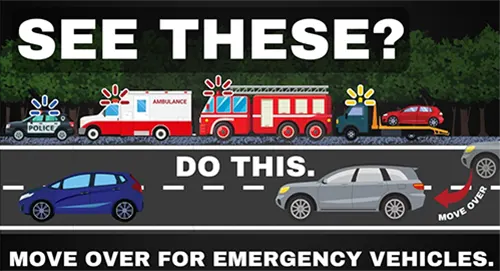
Fall is one of the best times to visit Massachusetts. From family-friendly activities like apple and pumpkin picking to our iconic fall foliage, there is so much to do and see throughout the state this season.
Leaf Peep
Fall in Massachusetts means seeing some of the best foliage in the world. Check out our Fall Foliage guide for some itinerary ideas on how to get the most out of the season, including where and when you can see some pretty autumn leaves. If you’re not afraid of heights, here’s where you can see the best fall vistas from high above the trees.
Head to a Massachusetts Farm
There’s no better time to support a local business and have some family fun. At one of Massachusetts’ many farms and orchards, you can go apple picking, grab some pumpkins, try a cider, get lost in a corn maze, or all of the above!
While you’re there, you have to try an apple cider donut – one of the great fall traditions in Massachusetts. Many local farms and bakeries offer their own unique spins on this iconic tasty treat. You’ll have to try them all to figure out which one is your favorite!
If apple picking is your thing, you can’t go wrong!
Check out a fall fair
Fall in Massachusetts means it’s time for The Big E – the largest agricultural fair on the east coast. Each year millions of attendees come to West Springfield to see live music acts, try some unique food, take their chances at midway games, and to celebrate New England.
But the Big E isn’t the only fall event worth going to. Don’t miss Fall Fest in Egremont on September 23, the Belchertown Fair on September 24, Franklin’s Harvest Festival on September 30, North Easton’s annual Harvest Craft Fair on October 1, Crantoberfest in Middleboro on October 14, or Fall Fest in Newburyport on October 14.
Take a drive
Want to do all of the above? Driving along one of Massachusetts’ many scenic routes is a great way to see the state’s beauty. You may want to check out the iconic Mohawk Trail, which crisscrosses its way through North Central and Western Massachusetts and is chock-full of one-of-a-kind vistas. At the end of the Mohawk Trail you’ll find Mount Greylock, which can be seen on foot or by car.
Or you can head down the Cape and try out the Old King’s Highway, a great way to see Cape Cod’s best sights off-season. North of Boston, you can’t beat the Essex Coastal Byway, which will take you along the shoreline to see the towns of Gloucester, Rockport, and more.
Source: visitma.com





